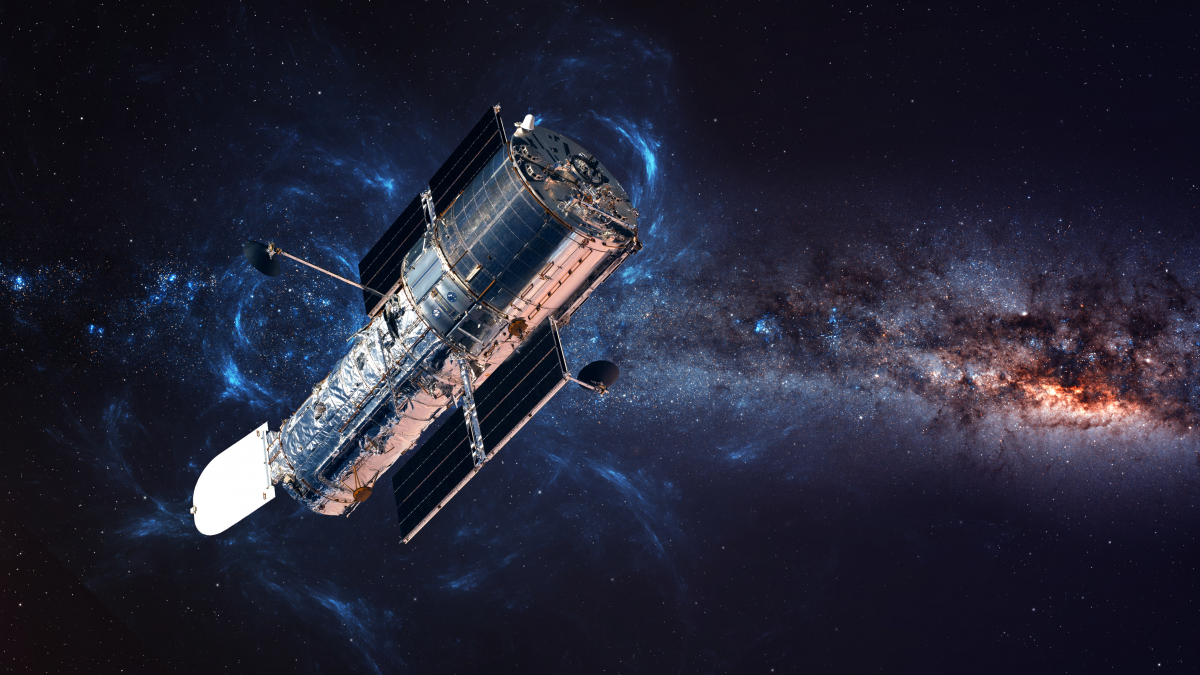Experts worked on solving the problems for weeks, and now it is possible to switch to a backup system. More configurations will take some time. NASA celebrated this breakthrough with stunning photos.
distance NASA is a desperate rescue attempt right Now The Hubble telescope has been restored. On June 13, the systems were shut down after no further feedback was received from the payload computer. This unit controls the scientific instruments of the probe. At first, the Operations Center assumed that the payload computer was faulty, and outdated memory modules were also suspected. In the end, it turned out that the Scientific Command and Data Processing System (SIC & DH) was responsible for the failure.
Backup systems installed over 10 years ago
The SIC & DH system has already been noticed in the past due to defects and was last replaced in 2009. It works closely with the Power Control Unit (PCU), which ensures a regular voltage of 5 volts in the circuit. When maintenance missions by the Space Shuttle were still possible, the astronauts swapped the entire unit on one spacewalk and inserted another unit, so that a backup could now be used. What seems simple turns out to be risky in reality.
A critical point in the Hubble story
Due to its coordination function, the SIC & DH system is in a network with all kinds of other hardware units. They must be converted to alternative interfaces to the backup system. Engineer Nzinga Tull leads the Hubble Systems Anomaly Response Team at NASA. She emphasized that switching to backup was a “critical point” in Hubble’s 31-year mission. “We have studied various backup builds extensively and are confident we will make it,” Tull announced midweek. Experts initially ran the operations in a computer simulation.
NASA celebrates an amazing photo from space
Finally, the response team started backing up for SIC & DH and started on other control components PCU and Command Unit/Science Date Formatter (CU/SDF). Then there was the acid test: Will the payload computer, which is in the SIC & DH unit, give feedback again? The response team breathed a sigh of relief: the start was successful, the flight software can be loaded onto the new unit and has reached its normal operating mode. NASA celebrated the successful launch of backup components with an unusual photo taken by Hubble in 2016. You can see in it a massive star trapped in a bubble. It shines a million times more than our sun and produces streams of gas that rush over the surface at more than 6 million kilometers per hour. Scientists estimate that within 10 to 20 million years it will explode and transform into a supernova, causing the bubble to burst.
Run unit by unit again
Scientists are now testing whether the tools can be properly controlled and gradually removed from safety. This process takes several days. Inspectors must ensure that the instrument temperature is stable. It then recalibrates the team to eventually resume regular scientific operations. Accordingly, the 31-year-old veteran with its ingredients from the 1980s will soon be able to provide researchers with the new findings and provide us with more. amazing pictures Donates.
You may also be interested in it

“Professional food nerd. Internet scholar. Typical bacon buff. Passionate creator.”





